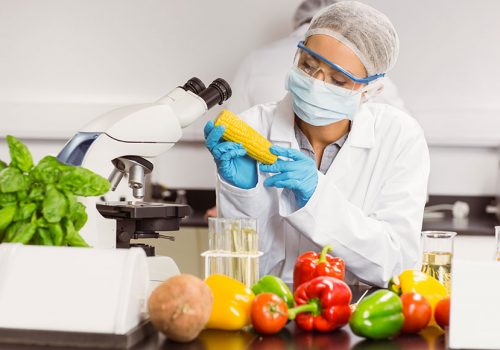Head Office
Sharjah
- P.O Box No: 18862, Dubai
- +971 42692933
- +971 555728945
- Mon - Fri 9.00 am to 6.00 pm | Sat 9.00 am to 2.00 pm
- SHARJAH
- +971 555728948
- Mon - Fri 9.00 am to 6.00 pm | Sat 9.00 am to 2.00 pm
Head Office
Sharjah
- P.O Box No: 18862, Dubai
- +971 42692933
- +971 555728945
- Mon - Fri 9.00 am to 6.00 pm | Sat 9.00 am to 2.00 pm
- SHARJAH
- +971 555728948
- Mon - Fri 9.00 am to 6.00 pm | Sat 9.00 am to 2.00 pm
Head Office
Sharjah
- P.O Box No: 18862, Dubai
- +971 42692933
- +971 555728945
- Mon - Fri 9.00 am to 6.00 pm | Sat 9.00 am to 2.00 pm
- SHARJAH
- +971 555728948
- Mon - Fri 9.00 am to 6.00 pm | Sat 9.00 am to 2.00 pm


